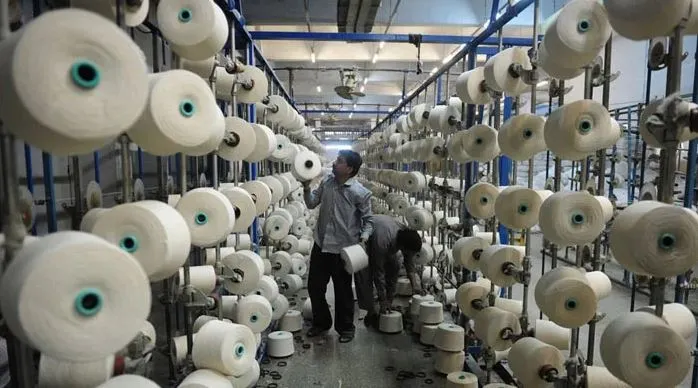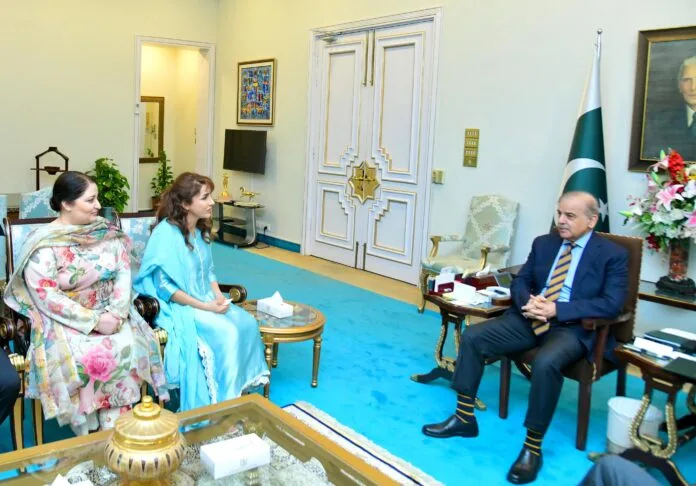Change in Tax Regime for Exporters: Textile Earnings Set to Decline
Staff Report
In a significant policy shift, the government has revised the tax regime for the export-based industry, moving from a full and final tax of 1% of turnover/sales to the standard corporate tax rate. This change is expected to have a substantial impact on the earnings of exporters, particularly those in the textile sector, which accounts for 54% of the country’s total exports, valued at $15.2 billion for the first 11 months of FY24.Pakistan Market – Selected Budget Changes
Under the new tax policy, exporters’ income will now be subject to a corporate tax rate of 29%, in addition to a super tax ranging from 1% to 10% for incomes exceeding Rs150 million. Most listed textile companies, which generally report profits exceeding Rs500 million, will face the highest super tax rate of 10%.
In our analysis of the textile sector, we focused on companies with a free float market capitalization of more than Rs2 billion and an average daily traded value exceeding Rs1 million. The companies with the highest export ratios are anticipated to experience the most significant impact from this tax policy change.
Interloop Limited (ILP): With an export-to-sales ratio of 94%, Interloop is expected to see a negative impact of Rs5 per share on its earnings, which represents 35% of its FY23 profits.
Gul Ahmed Textile Mills (GATM): Gul Ahmed, with 73% of its sales derived from exports, will likely face a negative impact of Rs0.85 per share, equating to 13% of its FY23 earnings.
Nishat Chunian Limited (NCL): Currently operating at a loss, Nishat Chunian will continue to pay the minimum 1% turnover tax under the new regime.
Nishat Mills Limited (NML): With an export-to-sales ratio of 70%, Nishat Mills is projected to experience a per-share impact of Rs4.79, or 14% of its EPS. This calculation accounts for the dividend income taxed at a full and final rate of 15%.
The revised tax policy is poised to reshape the financial landscape for textile exporters, potentially leading to decreased profitability and necessitating strategic adjustments within the industry.








